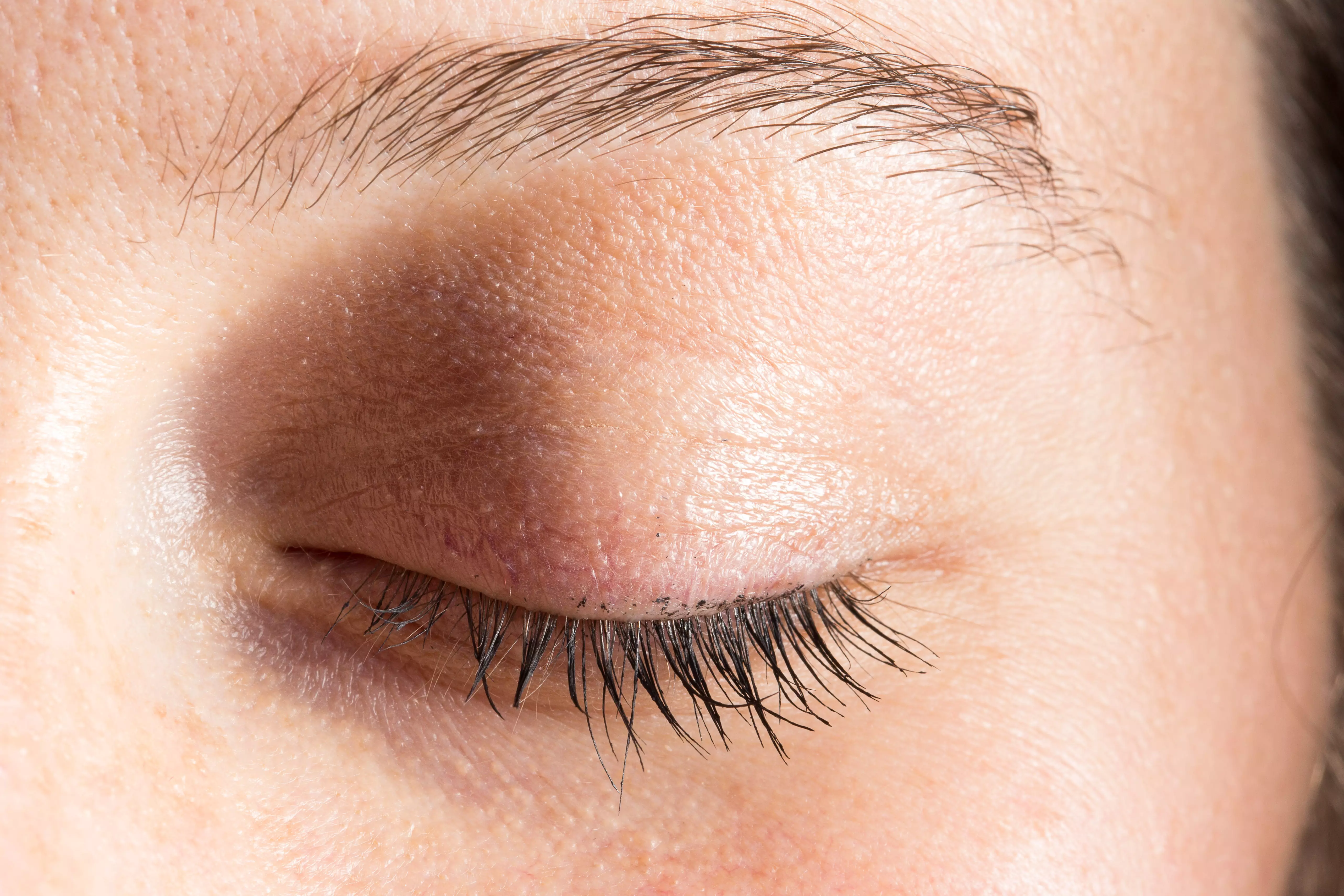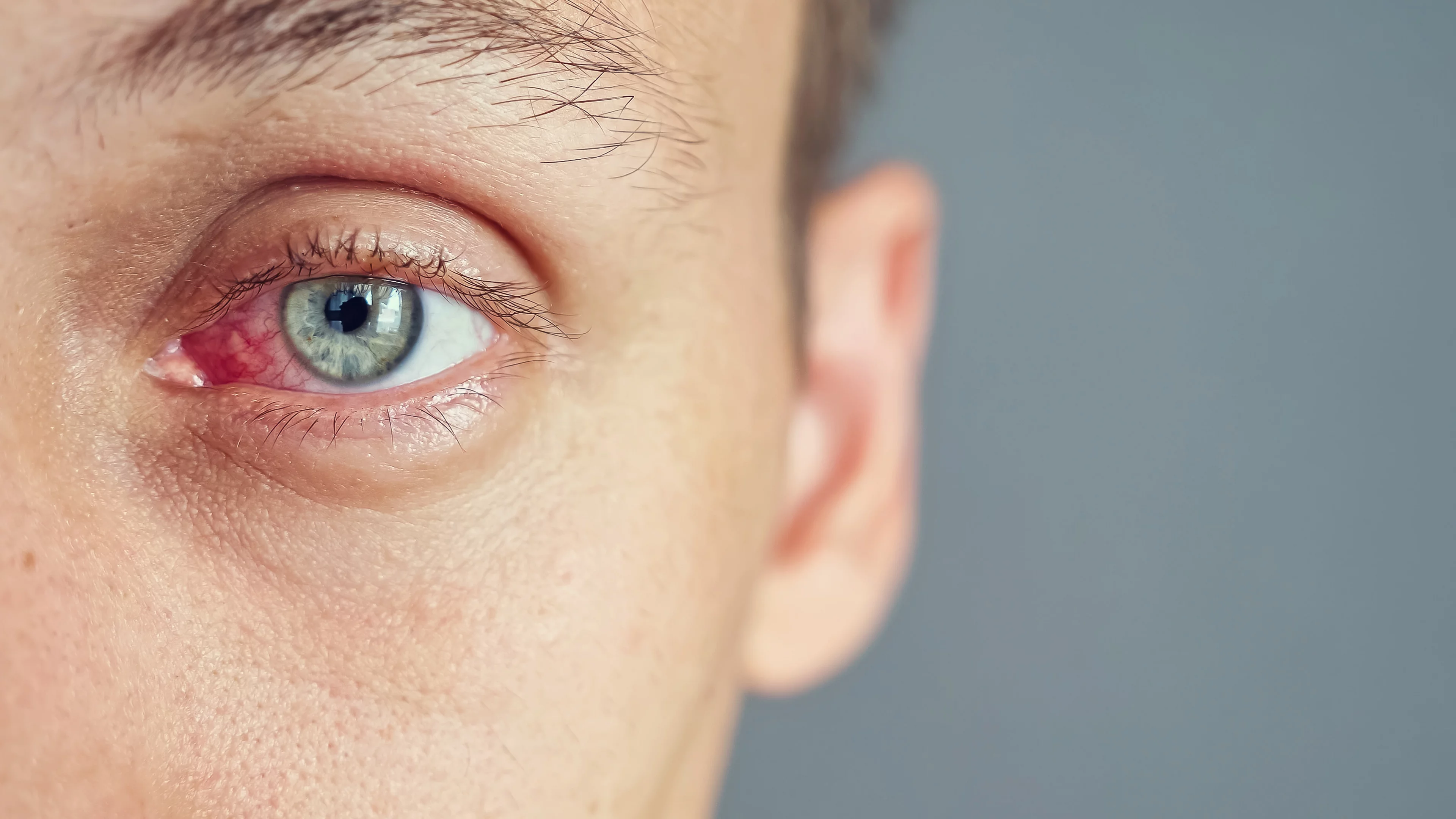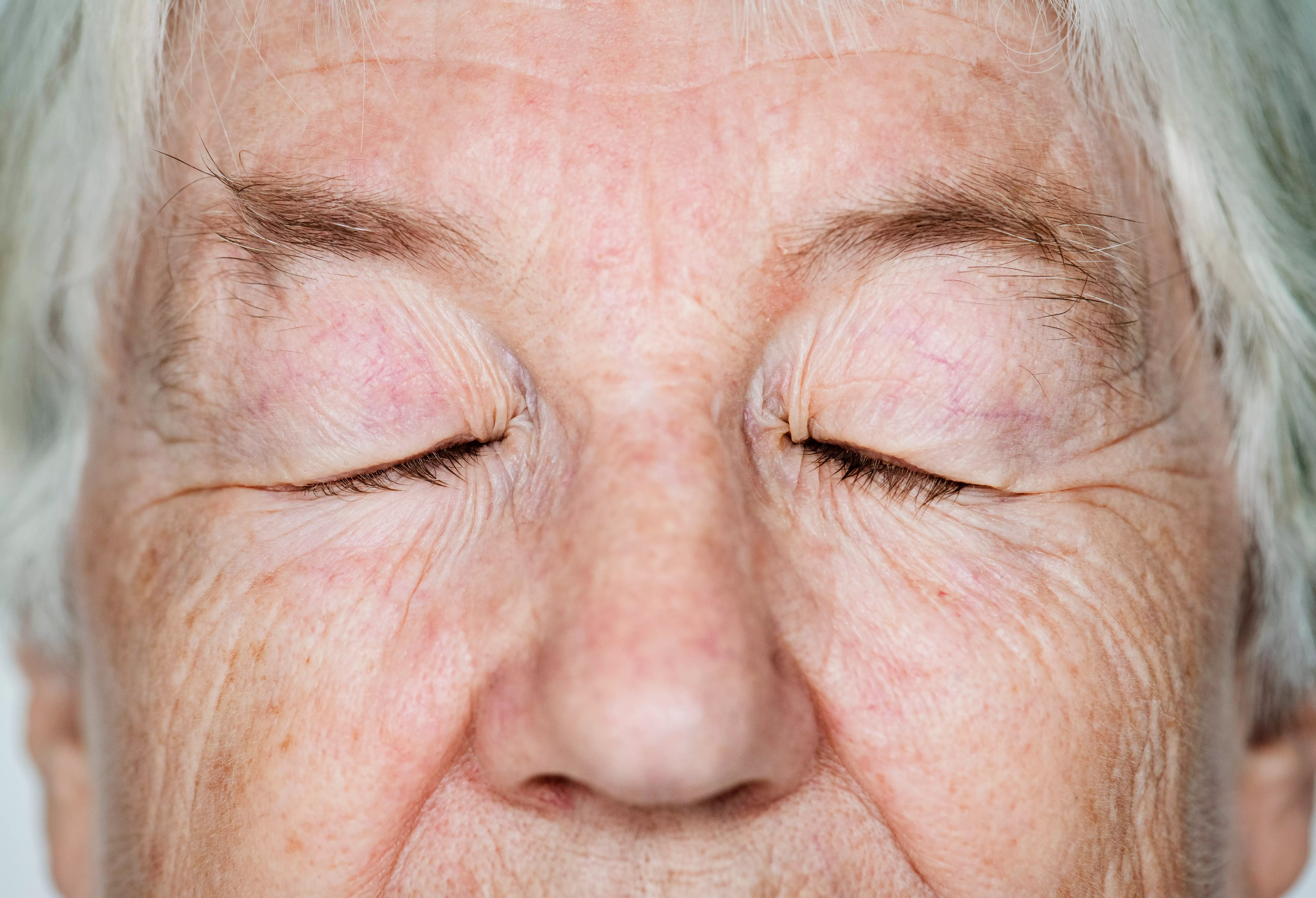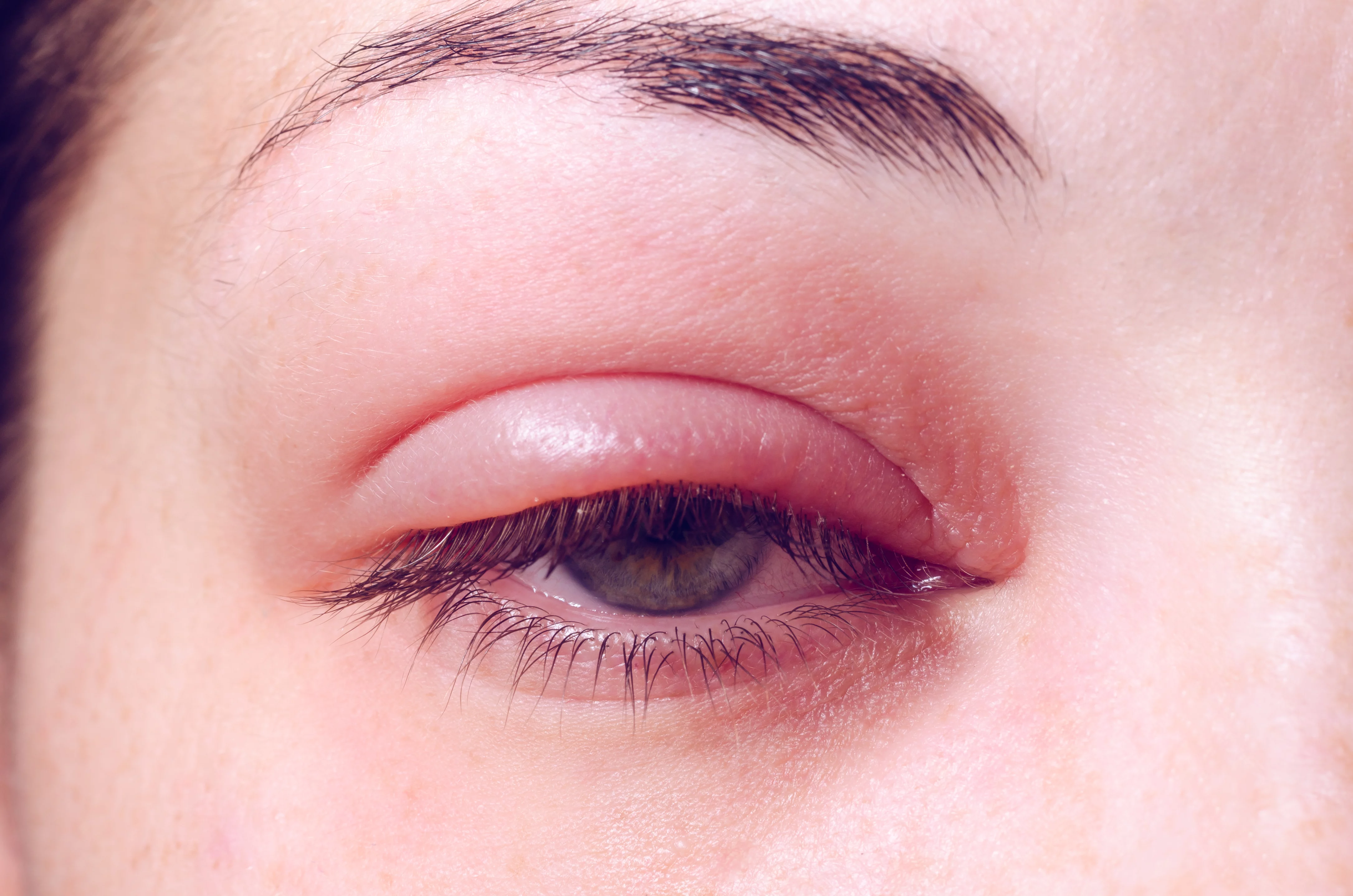What are the symptoms of ocular inflammation?
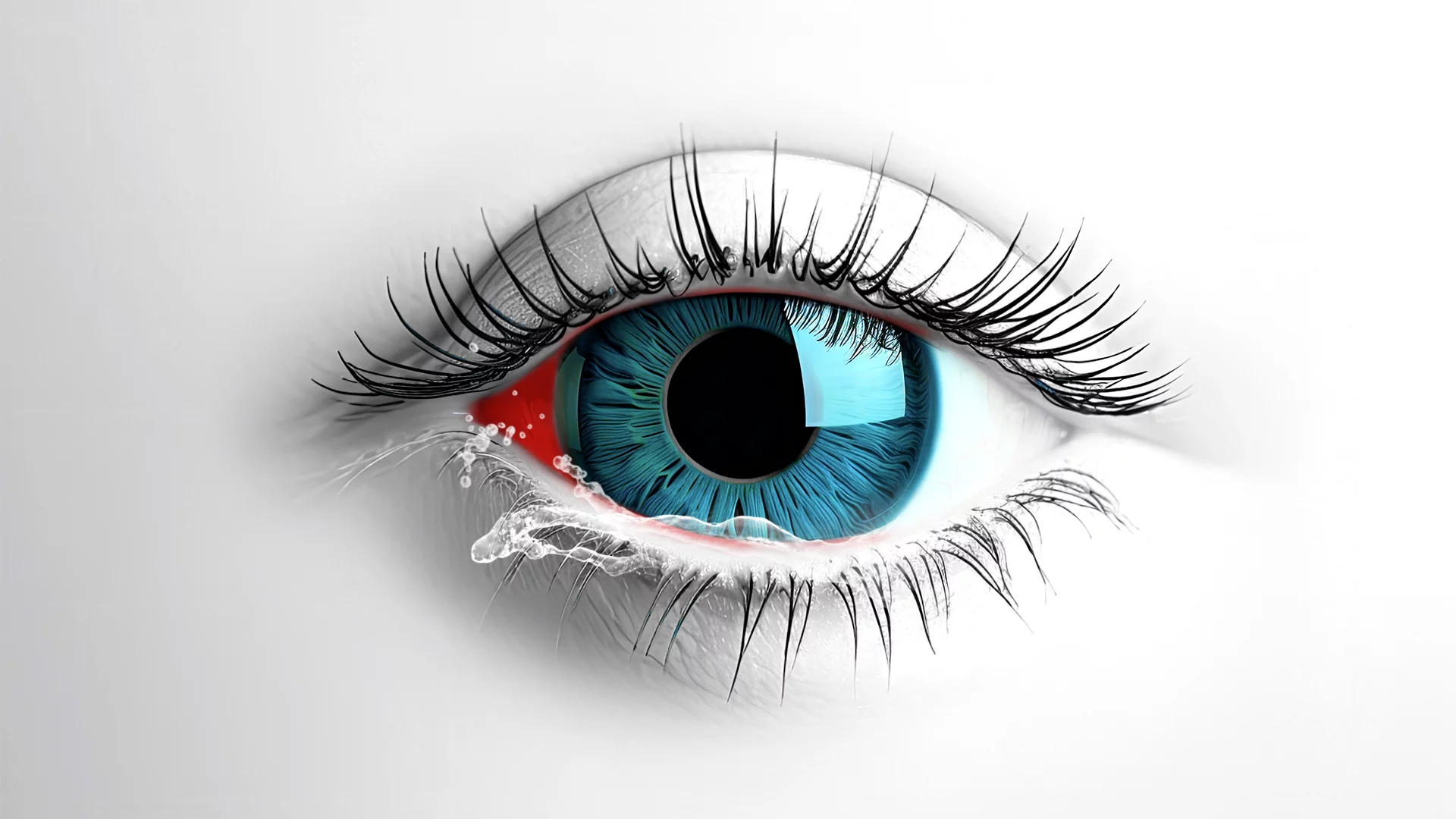
Symptoms of eye inflammation can vary in intensity, depending on the underlying cause. Redness of the eyes is often one of the first signs, accompanied by burning and itching sensations. The eyes may also swell, and the eyelids may feel heavier. Increased watering, sometimes associated with eye secretions, is common. Affected individuals may experience increased sensitivity to light, which can lead to visual discomfort and sometimes blurred vision.
- In the case of conjunctivitis, persistent redness and eye secretions are observed.
- Keratitis, on the other hand, can cause blurred vision and eye pain²⁻⁴.
- Uveitis, affecting the middle layer of the eye, can cause sensitivity to light, eye pain and blurred vision, usually in both eyes¹.
- In cases of severe inflammation, ocular pain may occur.
It is crucial to note that persistent symptoms require consultation with an ophthalmologist for an accurate diagnosis and appropriate treatment plan.


